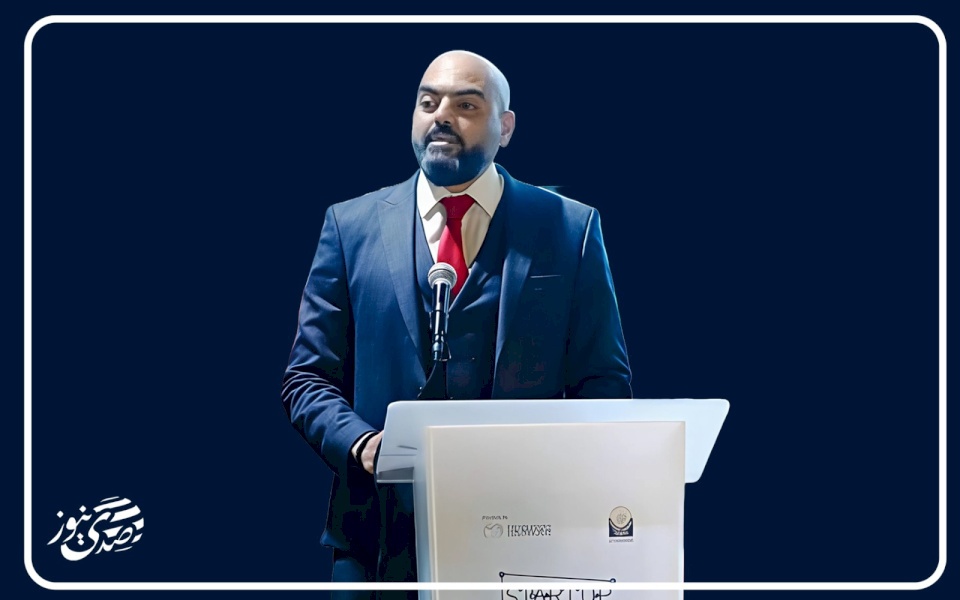
West Bank: The Maze Trap
In the West Bank, Palestinian mobility has become a daily test of patience and will, an elaborate maze where military checkpoints and iron gates control every step. This maze is not a recent creation; it is the result of long-term planning by the Israeli occupation that has been in place for years, drawing on its experiences with checkpoints during and after the Al-Aqsa Intifada. Cities and villages, streets and roads, have all been restructured according to the logic of a big prison; Palestinians as cages, settlements as watchtowers, and barriers as gates that determine the fate and movement of every individual.
My personal experience last Sunday, after returning from Tulkarem, vividly embodied this trap. At the junction of Jit east of Qalqilya, the road was suddenly closed due to an announced hit-and-run incident, and the iron gates turned the area into a genuine snare. Hundreds of cars were held for hours, with no consideration for necessity or time. At that moment, I felt that these gates were not ordinary checkpoints, but tools for forcibly redefining the Palestinian geography and turning every movement into a hostage of the occupation's will.
After October 7, 2023, this policy has intensified noticeably. According to a report by the Wall and Settlement Resistance Commission in September 2025, the number of military checkpoints and gates has reached 910, of which 247 were installed after this date. The United Nations Office for the Coordination of Humanitarian Affairs indicated the presence of 849 obstacles controlling movement, including 288 road gates, 172 of which are frequently closed. These figures are not just statistics; they reflect the occupation's ability to transform the West Bank into a comprehensive maze where every Palestinian step is monitored, and every movement is held hostage to military decisions or electronic signals from soldiers.
The goal is clear: to isolate villages from cities, to gather Palestinian communities within limited spaces, and to forcibly reshape human geography. A single gate can turn a regular route into hell, forcing citizens to detour through rough paths that may take hours instead of minutes. As for settlers and the Israeli military, their navigation through this maze is unhindered; the engineering of the checkpoints is designed to facilitate their movement, while the Palestinian becomes a prisoner of time and space, forced to wait and improvise to avoid repeated closures and obstacles.
This daily trap is not just a physical exhaustion, but a constant psychological oppression. Every decision to leave home has become hostage to an integrated system of gates, and every movement requires careful calculations: which road, which checkpoint, and at what hour of the day. This suffering is compounded when considering work, education, medical treatment, or any normal activity that would have been possible twenty years ago. Even public transportation is no longer an ideal solution; it requires expertise in choosing the least congested checkpoints and communicating via WhatsApp and Facebook groups for live information about the roads.
What distinguishes this maze today is the speed of its execution: the iron gates can be closed within minutes, without the need for bulldozers or traditional barriers, rendering the entire West Bank like a living maze, where every Palestinian step is monitored, and every path is governed by military permits and expansionist policies of settlers. This engineering targets not only security but aims to create a suffocating environment that pushes Palestinians to emigrate from the West Bank, as some members of the Israeli government have stated, turning checkpoints into continuous tools of subjugation and control.
The experience at the Jit intersection is not an exception; it is a miniature model of the daily reality experienced by Palestinians. Every iron gate and every military checkpoint is not merely a security tool as claimed by the occupation, but represents an elaborate trap that transforms normal life into a maze of waiting, fear, and exhaustion. In this context, every road, every street, and every Palestinian city becomes a chapter in the narrative of the big prison, where the Palestinian human is a hostage to the occupation's engineering, and every step on Palestinian land is subject to the will of force, with their body trapped between barriers and their spirit oppressed in an endless maze.

The Coming Economy...

Resolution 2803: A Danger or an Opportunity?

The Palestinian Political Class is Not Immune to Infiltration

Gaza Between American Mandate and Settlers: Rejection of the Security Council Decision and...

Digital Transformation in Palestine: Between Technological Domination and Opportunities fo...

Between the Announcement of Sharm El-Sheikh and the Security Council's Decision, the Human...

Israel and the Strategy of the "Impossible Partner"

